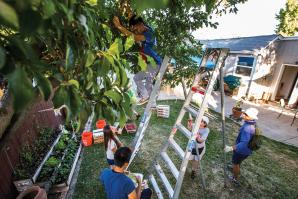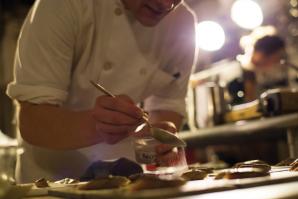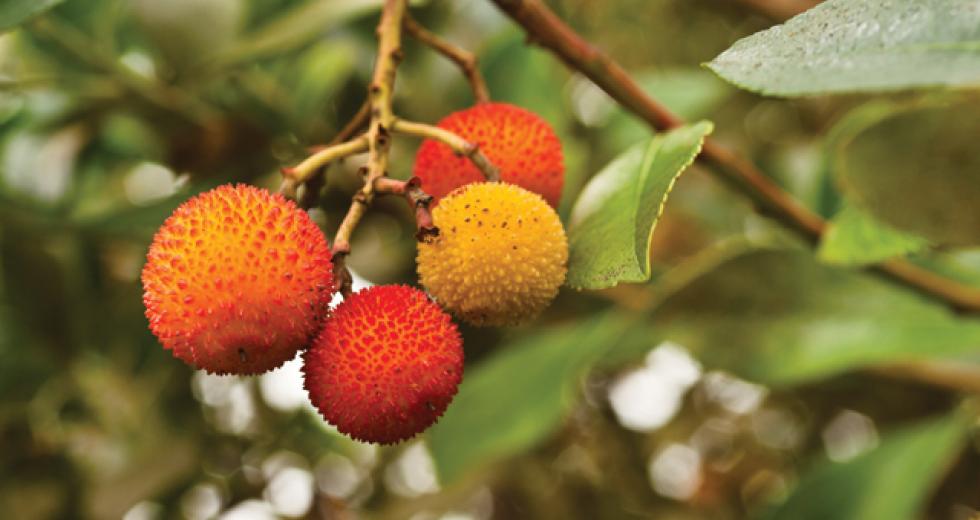Thousands of pounds of urban produce are growing on trees and bushes all around you, and if you know where to look, you can gather enough fruits and vegetables to stock a food bank, plan a dinner menu and can a dozen jars of organic blackberry preserves.
Fallingfruit.org is an interactive map of urban edibles that aims to be the world’s most comprehensive guide to gleaning free fruit. It’s opensource, the entire database of tree locations is free to download and users are encouraged to add their own finds. The site also provides a list of local charities that collect and distribute fresh produce, in case you pick more than you can chew.
Click “Changes” to see recently added edibles. As of press, the newest additions in the Capital Region were apple and Meyer lemon trees in Davis.
To date, the FallingFruit’s map has cataloged 758 types of edibles (mostly but not entirely plant species) spanning 611,933 locations worldwide. The most commonly logged tree is the honey locust — the pulp of which was used for food by Native Americans and can also be fermented to make beer.
According to the FallingFruit team, “Beyond the cultivated and commonplace to the exotic flavors of foreign plants and the long-forgotten culinary uses of native plants, foraging in your neighborhood is a journey through time and across cultures.” So log on, find a spot and get picking!
Do you know what’s in your neighborhood?
North Sac: The stretch east of Rio Linda Boulevard, south of South Avenue and north of Riviera Drive is a serious money spot, with apricots, persimmons, pomegranates, peaches and even bananas growing on public property — and that’s just a start.
Woodland: The students at Woodland Community College don’t even need to pack snacks. The campus is practically surrounded by cherry plum trees.
Roseville: East of False Ravine Park in Roseville, clusters of strawberry trees line Alexandra Drive. You’ve likely never considered eating the round, brightly colored fruits, which are just a bit bigger than cherries, but they can be used to make excellent jams and liquors.
Where do you forage? Let us know in the comments!
Recommended For You

Scavenger Hunt
Unpicked produce can change the way food banks feed the hungry — you just have to know where to look
“Eat local.” You’ve heard the phrase a billion times. It’s the guiding principle of the farm-to-fork movement, nudging us away from the Industrial Food Complex and toward our neighborhood farms. But there’s something even more local than a ranch down the road: the orange tree in your front yard.

Naturalist Nouvelle
Unearthing a new restaurant concept
Six months ago, Kevin O’Connor hit a wall. He had a good job in a good kitchen, but his body was exhausted and his passion was gone. So, at 24, he decided to step down as the chef of the now-shuttered Blackbird Kitchen & Bar and dig for a new plan.
River City Food Bank
Learn more about River City Food Bank’s mission, and how you can help.
Sacramento Food Bank & Family Services
Learn more about SFBFS’s mission, and how you can help.



